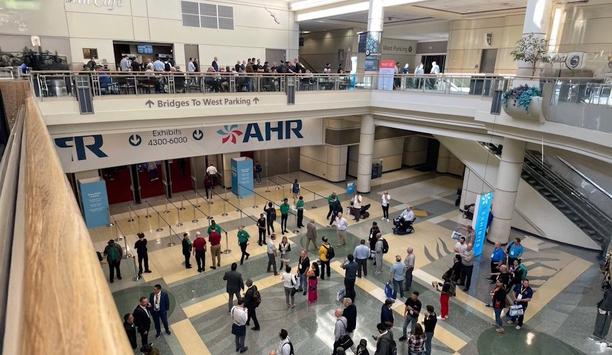Energy bills for small businesses have become a major issue throughout 2023. As prices have risen drastically over the last twelve months, SMEs have been relying on the government’s Energy Bill Relief Scheme. Originally set up to support livelihoods, energy bills for businesses in the public sector were capped at £2,500 per year.
However, in March, the government support scheme was replaced with the scaled-down Energy Bill Discount Scheme, leaving businesses and public sector organizations exposed to soaring utility bills. The Federation of Small Businesses recently revealed that a quarter of small firms plan to close, downsize, or change their business in line with energy bill changes.
Use of mechanical HVAC systems
With little indication of a U-turn, businesses at potential risk need to act now to limit the financial impact of significantly higher bills in autumn/winter 2023. Adding to mounting external pressures, businesses across the board are now having to focus on ways to become greener and reduce their carbon footprint. Updates to building regulations, and increasing awareness around energy consumption in commercial buildings, are pioneering businesses within the sector to take stock of the performance of their building’s systems.
However, the situation presents a silver lining, as a cultural shift is taking place with the rise in the number of green and lower-energy options now on the market. In particular, it enables an area where businesses can look to urgently address – the use of mechanical HVAC systems.
natural ventilation systems
Mechanical ventilation was seen as the best and most controllable solution for a building’s interior
For years, mechanical ventilation was seen as the best and most controllable solution for a building’s interior. However, this is no longer the case, and recent government statistics on cooling demands reveal the scale of the problem, predicting that by the end of the century, air conditioning could account for 15% of all energy consumption.
The growth in natural ventilation systems is one particular example that’s gaining traction – providing both economic savings but also contributing towards lower emissions. A timely solution given the recent changes to Energy Performance Certificate rules (EPC) for commercial properties. As of April this year, all commercial buildings must meet a minimum energy efficient standard of ‘E’. Legislation is also pushing to move this to a ‘B’ rating by 2030.
AI-supported system
Whether new-build or retrofit, natural HVAC can seamlessly integrate within existing facades and fenestration. Importantly, compared to installing a new mechanical system, passive systems also require minimal downtime, offering a smooth installation process that can actively provide a long-term ROI for businesses.
The rise in appeal lies in the simplicity of harnessing the differences in air pressure, buoyancy, and temperature to circulate air – while ventilating the interior using a passive AI-supported system. This allows building owners to control the temperature inside when necessary.
Innovative advancements in technology
Specialist HVAC engineers will also profit from avoiding the need to perform regular maintenance
Sweeping innovative advancements in technology are also delivering a level of pinpoint accuracy and efficiency that’s not achievable with mechanical systems. Specialist HVAC engineers will also profit from avoiding the need to perform regular maintenance when correctly programmed, as the technology will allow structures to be self-sufficient.
It’s clear that now is the time to move away from overly expensive and energy-redundant systems, to high-value and long-term solutions, which can help businesses in the long term – ensuring optimal IAQ and improving their environmental credentials.
low-energy operational systems
As we enter summer temperatures, not addressing the above could add an extra financial burden for already struggling organizations. Investing in cleaner and more energy-efficient systems can help keep energy tariffs down, but also significantly reduces emissions.
With so many benefits, natural ventilation is the obvious next step and offers SMEs a cost-effective approach to their HVAC problems. Given that energy bills aren’t the only concern for businesses, with updated requirements around sustainability now coming into force – switching to low-energy operational systems can help to clear the air, alleviate pressure and allow businesses to breathe easier over the coming months.





















